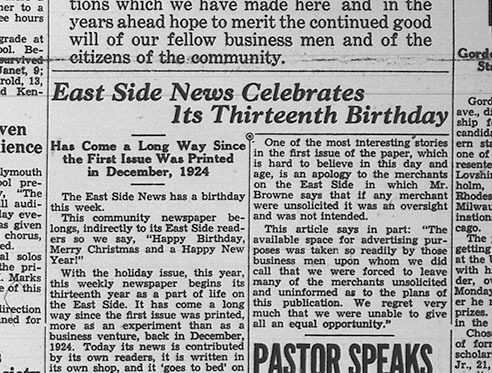By Kyle George, neighborhood resident and investment advisor
Congress celebrated the holiday season in 2022 once again by passing a package of spending bills into law. Thankfully, they unpacked a few extra boxes of lights this year for decoration and in addition to other important initiatives, the SECURE Act 2.0 became law.
This legislation makes changes to retirement plans and IRAs — individual retirement accounts — and the ensuing money movement involved with them, to encourage and expand retirement benefits for laborers. This follows on a series of reforms to the retirement system, SECURE Act 1.0, which Congress passed in late 2019. The new regulations are important for all groups to review, and below are a few of the high-level details.
For longtime workers who are approaching their 70s, the required minimum distribution age for retirement accounts and plans is now changing to 73, beginning in 2023. The age will increase again to 75 in 2033. Further, the tax penalties for failing to take the RMD have been reduced to 25% and 10% if corrected in a timely matter. Finally, these RMDs will no longer be required for Roth IRA (after tax plans) portions of your balance in an employer retirement plan as of 2024.
Many individuals donate to charities by way of the qualified charitable distribution beginning at age 70.5. Beginning this year, they can now gift in larger amounts through an expanded set of estate planning options and can continue to count these donations toward their RMD.
Congress also included provisions to benefit today’s savers. Folks who are age 50 or older will be able to defer more of their income via higher catch-up contribution limits, beginning in 2025 for certain retirement plans and given other conditions. Employers will eventually have the capacity to make their matching contributions in Roth accounts, empowering participants to defer a greater amount of funds tax-free.
Defined contribution (e.g., 401(k)) retirement plans can add an emergency savings account for certain employees in 2024, up to $2,500 annually. Four withdrawals per year would be free of tax and penalties, and eventually could include employer matching, all adding up to a great way to save for short-term and unexpected expenses.
For those who also have student-loan debt, employers could match retirement savings based upon student-loan payments that person is making. Finally, for those fortunate enough to have leftover college savings plan balances, those can be moved into a Roth IRA under certain conditions and limits.
As always, consult with a tax preparer or accountant to discuss your unique tax situation.




